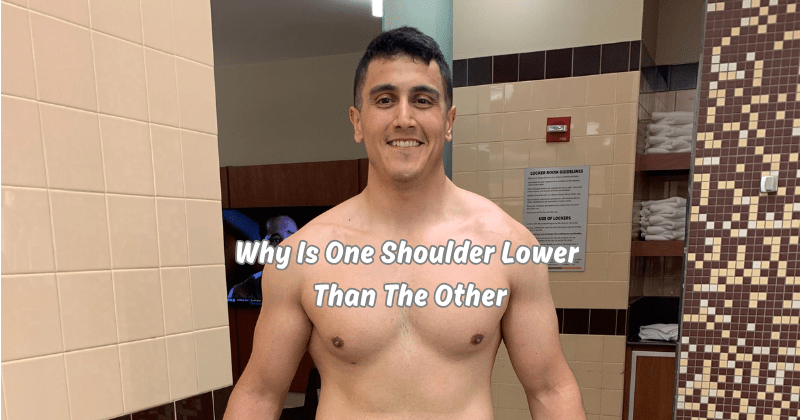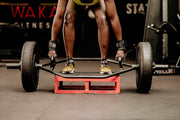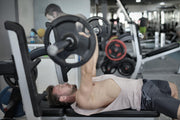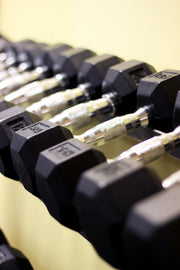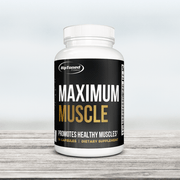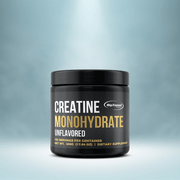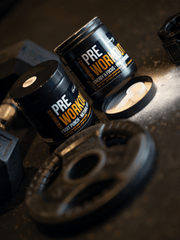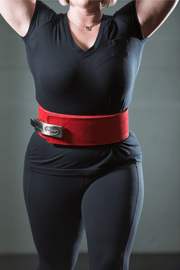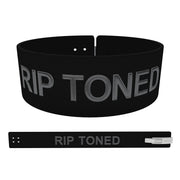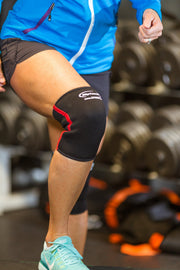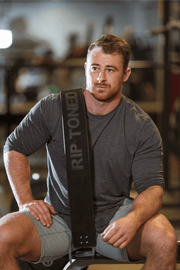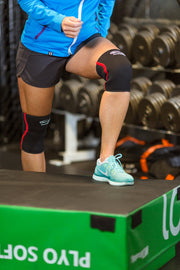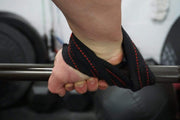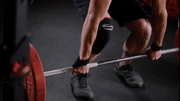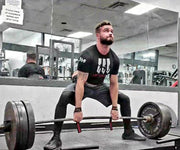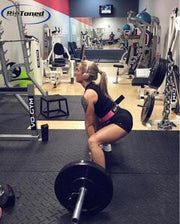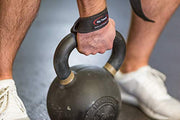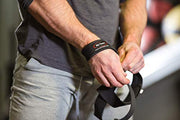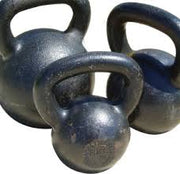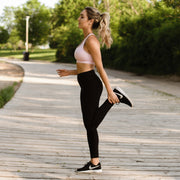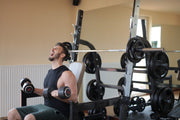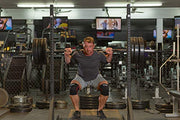In the human body, symmetry and balance are highly valued traits. However, it's common for people to have one shoulder that is lower than the other. This asymmetry can be due to a variety of reasons, including genetics, lifestyle factors, or even injury.
Our shoulders play a crucial role in our daily activities, from carrying objects to performing physical tasks. Therefore, having one shoulder lower than the other can lead to discomfort and even affect our posture.
In this article, we will explore the possible reasons why one shoulder may be lower than the other and discuss ways to address this issue. By understanding the underlying causes, we can take steps towards achieving better balance and symmetry in our bodies.
Possible Causes of Asymmetrical Shoulders
There are several reasons why one shoulder may be lower than the other. Some of the most common causes include:
Genetics
While we often hear the phrase "it runs in the family," when it comes to asymmetrical shoulders, there may be some truth to it. Genetics can play a role in determining our body structure and posture. Some people are naturally predisposed to have one shoulder lower than the other due to inherited skeletal or muscular imbalances.
If this is the case, it may not be possible to correct the asymmetry completely, but there are ways to improve it and minimize any discomfort or pain caused by it.
Lifestyle Factors
Our daily habits and activities can also contribute to one shoulder being lower than the other. For example, carrying a heavy bag on one shoulder regularly can cause that shoulder to sag over time. Similarly, consistently working on one side of the body, such as carrying a child or using a dominant hand for specific tasks, can lead to muscle imbalances and affect our shoulders' symmetry.
Being mindful of how we carry objects and incorporating activities that work both sides of our bodies can help prevent this issue from developing.
Muscle Imbalances
Muscle imbalances occur when one muscle group is stronger or tighter than the opposing muscles. This can cause one shoulder to appear higher than the other and affect our posture.
To address this, targeted exercises that focus on strengthening and stretching specific muscles can help restore balance in the shoulders.
Plus, incorporating exercises that work both sides of the body can prevent future muscle imbalances from occurring.
Injury or Trauma
In some cases, one shoulder may be lower due to a previous injury or trauma. This could be a result of a fall, car accident, or sports-related injury. If left untreated, the muscles and ligaments around the shoulder can weaken, leading to an imbalance and causing one shoulder to appear lower.
Suppose you have experienced any injuries or trauma in the past. In that case, it's essential to seek medical attention and follow a proper rehabilitation plan to prevent long-term adverse effects on your shoulders.
Plus, practicing good posture and incorporating exercises to strengthen the shoulder muscles can aid in recovery and prevent further imbalances.
Postural Habits
Our daily postural habits can also contribute to asymmetrical shoulders. If we often slouch or sit with poor posture, it puts uneven pressure on our shoulders and can cause one to droop lower than the other.
Being mindful of our posture throughout the day and incorporating exercises to improve our posture can help correct asymmetrical shoulders caused by poor habits.
Additionally, using ergonomic chairs and ensuring proper alignment while sitting for extended periods can also prevent this issue from developing. By taking small steps towards improving our posture, we can achieve better balance in our shoulders and overall body.
Treatment Option
The treatment for asymmetrical shoulders will depend on the underlying cause. In some cases, simple lifestyle changes and exercises may be enough to correct the issue. However, if it is due to genetics or injury, seeking professional help from a physical therapist or chiropractor may be necessary.
They can assess your body's imbalances and provide a tailored treatment plan, including exercises and stretches to improve symmetry and alleviate any discomfort or pain.
Additionally, incorporating activities that work both sides of the body and being mindful of our posture can aid in maintaining balance in the shoulders. By addressing the root cause and implementing targeted treatment options, we can achieve better symmetry and function in our shoulders.
Exercise that Can Help
Some exercises that can help improve asymmetrical shoulders include:
- Shoulder Shrugs: Stand with your feet shoulder-width apart and arms at your sides. Lift both shoulders towards your ears, then relax them down.
- Reverse Flies: With a dumbbell in each hand, bend forward at the waist with your knees slightly bent. Lift your arms out to the sides, keeping them parallel to the floor.
- Chest Opener Stretch: Stand with your arms behind you and interlock your fingers. Gently lift your arms while squeezing your shoulder blades together.
Be sure to consult a professional before starting any new exercises and modify them as needed based on your abilities. Consistency is key in correcting asymmetrical shoulders, so be patient and don't give up. With dedication and effort, you can achieve better balance and symmetry in your shoulders.
Is whey protein effective for muscle-building
Whey protein is a popular supplement among athletes and bodybuilders as it contains all nine essential amino acids necessary for muscle growth. It is quickly absorbed by the body, making it an ideal post-workout option to aid in muscle recovery and repair.
However, simply consuming whey protein alone will not result in significant muscle building. It must be combined with a structured exercise routine and proper nutrition to see results.
Additionally, it is essential to consult a healthcare professional before starting any new supplements, as they may interact with certain medications or have adverse effects on those with underlying health conditions. In conclusion, while whey protein can be effective in muscle building when used correctly, it should not be solely relied upon for results.
Tips for using whey protein effectively
To use whey protein effectively, here are some tips to keep in mind:
- Timing is key: Consuming whey protein within 30 minutes of a workout can help maximize its benefits and aid in muscle recovery.
- Stay consistent: Regularly incorporating whey protein into your diet and fitness routine will lead to better results.
- Nutrition matters: While whey protein is beneficial, it should not replace a well-balanced diet. Ensure you are consuming enough calories and nutrients from whole foods to fuel your body's needs.
- Be mindful of intake: It's crucial to consume the recommended daily intake of whey protein and avoid excessive consumption, which can cause digestive discomfort or other adverse effects.
- Consult a professional: As mentioned, it's essential to speak with a healthcare professional before starting any new supplements, including whey protein. They can provide personalized recommendations based on your specific health needs and goals.
By following these tips and incorporating whey protein into a well-rounded fitness routine, you can effectively utilize its benefits for muscle building and overall health. Remember to prioritize proper nutrition and exercise for long-term results.
FAQs
Why do uneven shoulders occur, and why is my left shoulder lower than the right?
Uneven shoulders occur when there's a slight or significant difference in the height of your shoulders. This can be caused by various factors such as a leg length discrepancy, muscle imbalances like stronger chest muscles on the right side or weaker muscles on the left, or postural habits like forward head posture or shoulder internal rotation. If you notice that your left shoulder is lower than your right, it might be due to an imbalance in your shoulder joint or the muscles around it.
What are the signs of uneven shoulders, and how can I identify them?
Signs of uneven shoulders can range from a noticeable difference in shoulder height to subtler symptoms like discomfort in the shoulder blade, left arm, or right chest wall. You may also notice a change in your posture, such as an increased forward head posture or internal rotation of one shoulder. If the difference is significant, you may even notice that your clothes fit differently.
How can I fix uneven shoulders?
Fixing uneven shoulders usually involves addressing the underlying cause. This may include exercises to strengthen weak muscles, stretches to improve flexibility in tight muscles, or correcting your posture. For instance, if the unevenness is due to a forward head posture or an internal rotation of the shoulder, specific exercises can help correct these issues.
What treatments are available for uneven shoulders?
Treatment for uneven shoulders depends on the cause. If the unevenness is due to a leg length discrepancy, a shoe insert might be recommended. For muscle imbalances, such as stronger chest muscles on one side, targeted exercises can help balance strength. Postural corrections can be made to address issues like forward head posture or shoulder internal rotation.
Conclusion
In conclusion, having asymmetrical shoulders is a common issue that can be caused by various factors such as genetics, poor posture, and injuries. However, it can be corrected with proper treatment and exercises that target the specific muscle imbalances.
When using whey protein for muscle building, it's crucial to remember that it should not be solely relied upon and must be combined with a structured fitness routine and nutritious diet. Consulting a healthcare professional before starting any new supplements is also essential.
By incorporating these tips and being consistent with exercise and nutrition, you can achieve better balance and function in your shoulders, leading to overall improved health and well-being. Remember to listen to your body and consult a professional if you experience any discomfort or concerns.

